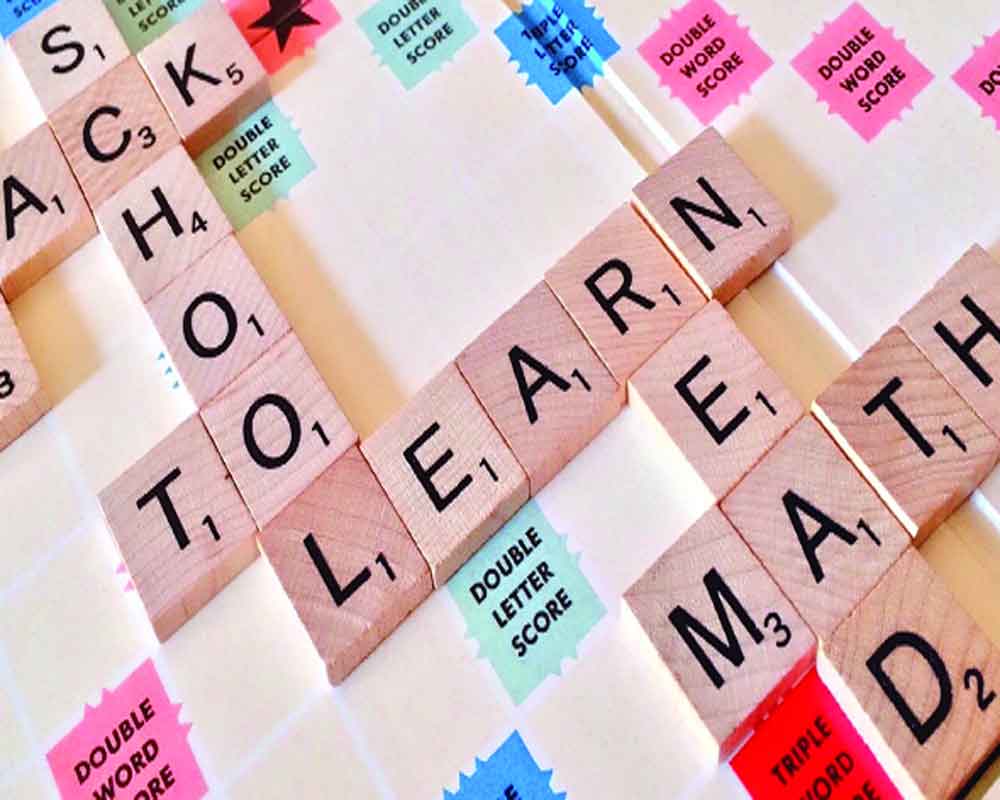The ground reality is that after-school learning, which follows its own strategy and timeline, has little resemblance to in-school learning. This confuses children, who ultimately become disinterested and fall behind their goals, says Arindam Ghosh
India has 250 million school-going children, and one-fourth of secondary school students attend tuition classes. Despite this, access to quality education remains a pressing problem. Innumerable reports have highlighted the vast achievement and opportunity gaps that plague the system; one such is by The World Bank stating that 54 per cent of Indian students suffer from ‘learning poverty’. How can we improve the situation? While there are several reasons for learning poverty, what is needed urgently is a solution that is scalable, affordable, and helps every child achieve her grade-specific competencies. One way is through a synchronised and integrated in-school and after-school ecosystem scaled up by leveraging technology.
Recognising the inadequacy of school education, parents pin their hopes on tutors and coaching classes. Existing apps for tuition classes, largely driven by private enterprises, are often purposefully disconnected from the school system, making them insufficient in isolation. There needs to be a connection between these two sites to create a learning continuum. To improve the quality of classroom transactions, the methods of in-school education need reimagining; and after-school learning needs to evolve to supplement in-school learning through a personalised and curriculum-aligned approach. They should also function in tandem, with curated multi-sensory learning content available for self-learning along with necessary guidance, accessible anytime and anywhere, to achieve the learning goals. Together, these elements can help in strengthening the link between in-school and after-school education.
First, the role of the teacher as a mere transmitter of education needs reconsideration. She is not only the voice of the textbook but also a change agent, facilitator, and leader. Today, thanks to the internet, there is a wealth of resources available that can elevate the learning experience for kids anywhere. If classrooms became 'smart', teachers could access global resources made by experts and overhaul entire lessons by utilising modern tools of pedagogy, unlike what most Indian students, especially in rural towns, are used to or can imagine. However, a determining factor is robust training in digital pedagogy. A tech-savvy and digitally literate teacher can act as a mentor and guide by equipping students with tools to carry forward their learning journeys beyond school hours at their own pace, for a good grasp of the material.
The ground reality is that after-school learning, which follows its own strategy and timeline, has little resemblance to in-school learning. This confuses children, who ultimately become disinterested and fall behind their goals in both learning environments. Therefore, the second step requires an assessment of the current state of the learner versus the desired goals, to accurately improve grade-specific competencies. This can be done using technology, and accordingly, curated content can be used to plug any gaps, further scaffolded by support in the form of mentorship and guidance. With the help of digital platforms for Personalised and Adaptive Learning, students can avail themselves of a unique path and experience best suited to their needs, positioning them to achieve their goals. After school hours, students need continuity in three ways: in accessing content, in receiving an injection of additional customised content, and in guidance, whether physical or virtual. This will create a feedback loop that gives the teacher student-specific feedback to recalibrate her teaching. However, most personalised learning solutions in the market are too expensive for those at the middle and bottom of the economic pyramid. While customisable learning has the potential to revolutionise education by lending flexibility, without it reaching the aspirational poor, inequalities in Indian education can increase further.
Third, it is vital to create exciting, digitised, and curated content for kids that is accessible anytime and anywhere. Multimedia and multisensory content is proven to boost engagement, pique student interest, and can complement a textbook. Video-based content, virtual experiments, gamified content etc., will automatically spark engagement and retention. The stack of differentiated and digitised content should be aligned to the school curriculum and be readily available to students both inside and outside the classrooms to create a learning loop. We should aim at moving towards personalisation of the content to suit the learning style and level of the child and eventually move towards personalisation of curriculum.
The Digital India programme has helped thousands of Indians step into an internet-powered world, resulting in a faster uptake of smartphones that have now reached over 780 million people. The pandemic has facilitated phones being used for education as well. Aligning in-school and after-school education is one of the best-suited approaches to improving learning outcomes particularly among resource-poor students. India today requires an affordable and cohesive education system that leverages technologies to focus on the micro-details of each learner and have a macro-level scaling potential.
The writers are Arindam Ghosh, Vice President and Head of Strategy, Schoolnet India Limited and Devika Rae Chandra, Research Associate, Schoolnet


























